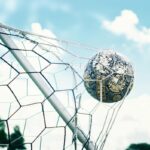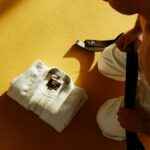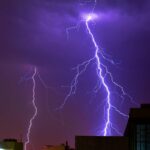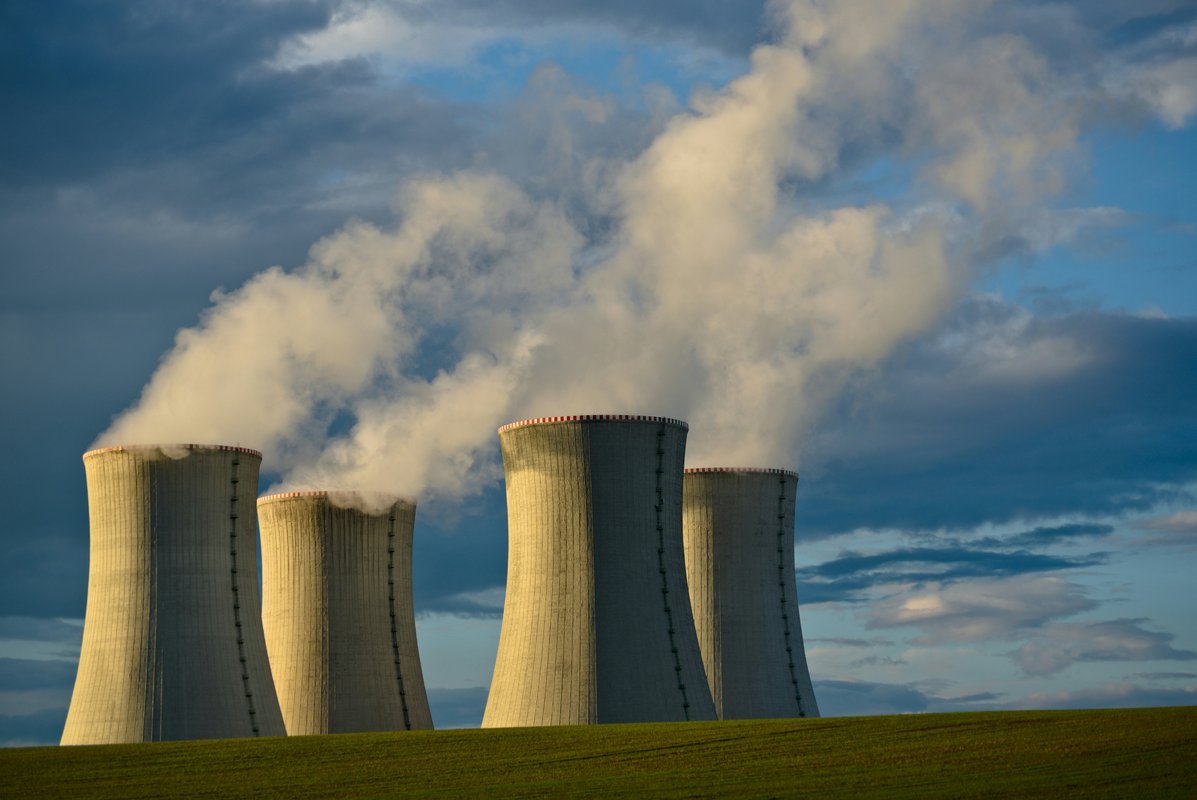
Radioactive Wasp Nest Discovered at Former Nuclear Bomb Site Raises Safety Questions
A wasp nest emitting radiation levels ten times higher than federal safety limits has been discovered at the Savannah River Site, a former nuclear weapons facility in South Carolina, USA. While the incident occurred abroad, it has sparked renewed debate in the UK about the environmental legacy of nuclear sites and the unexpected ways radioactive contamination can persist in the environment.
Discovery at Savannah River Site: Routine Checks Uncover Unusual Hazard
The radioactive wasp nest was found on 3 July 2025 by workers conducting routine radiation monitoring near tanks storing liquid nuclear waste at the Savannah River Site, a Cold War-era facility once used for manufacturing nuclear bomb components. The nest was located close to highly sensitive areas, but officials were quick to reassure the public that there was no immediate danger. The nest itself was removed, sprayed to kill any wasps, and disposed of as radioactive waste. No wasps were found inside at the time of discovery, and the surrounding ground showed no signs of contamination, according to the US Department of Energy and site operators Savannah River Mission Completion[1][2][3][5].
How Did the Nest Become Radioactive? The Science Behind the Contamination
Investigators believe the wasps built their nest using mud and materials from contaminated areas within the site. Over time, radioactive particles became embedded in the nest structure. While the nest itself registered radiation levels ten times above the legal limit, experts noted that individual wasps would likely carry much lower levels of contamination. The incident was classified as “onsite legacy radioactive contamination” and not the result of a new leak or loss of containment[1][2].
Delay in Reporting: Ensuring Accurate Assessment
The discovery was made public nearly three weeks after the initial find, as officials conducted further investigations and reviewed previous incidents involving contaminated wasp nests. This cautious approach was intended to ensure that all necessary information was gathered before informing the public and regulatory bodies[1].
British Perspective: Lessons for UK Nuclear Sites
While this incident occurred in the United States, it highlights a broader issue relevant to the UK: the unpredictable ways in which radioactive contamination can persist and spread in the environment. British nuclear sites, such as Sellafield and Dounreay, have their own histories of contamination and ongoing monitoring. Experts in the UK point out that insects and animals can inadvertently transport radioactive materials, creating unexpected hazards that require constant vigilance and robust safety protocols.
The Savannah River incident serves as a reminder for British authorities to remain alert to unconventional vectors of contamination, especially as the UK continues to manage its own legacy nuclear sites and plans for new nuclear infrastructure.
Environmental and Public Health Implications
Although officials at the Savannah River Site emphasised that the radioactive wasp nest posed no risk to the public, the story has captured international attention. It raises questions about how wildlife can interact with hazardous materials and the importance of thorough environmental monitoring. In the UK, environmental groups have reiterated calls for transparency and rigorous oversight at all nuclear facilities, warning that even minor lapses can have unforeseen consequences.
Conclusion: Ongoing Vigilance Needed for Nuclear Safety
The discovery of a radioactive wasp nest at a former nuclear bomb site is a striking example of the unexpected challenges facing nuclear clean-up operations. For the UK, it underscores the need for ongoing vigilance, robust monitoring, and public transparency to ensure that both people and the environment remain protected from the long-term legacy of nuclear activity.
Sources :
[1] https://cybernews.com/news/radioactive-wasp-nest-nuclear-savannah/
[2] https://www.theregister.com/2025/08/01/radioactive_wasp_nest/
[3] https://metro.co.uk/2025/07/30/radioactive-wasp-nest-discovered-us-nuclear-bomb-site-23794408/
[4] https://www.the-independent.com/bulletin/news/radioactive-wasps-nuclear-bomb-site-b2799183.html
[5] https://www.telegraph.co.uk/us/news/2025/08/01/radioactive-wasp-nest-found-next-to-nuclear-weapons-waste/
Information : This article was made by compiling with AI several sources available on the Internet, which the aim is to get both contrasted and comprehensive information.














